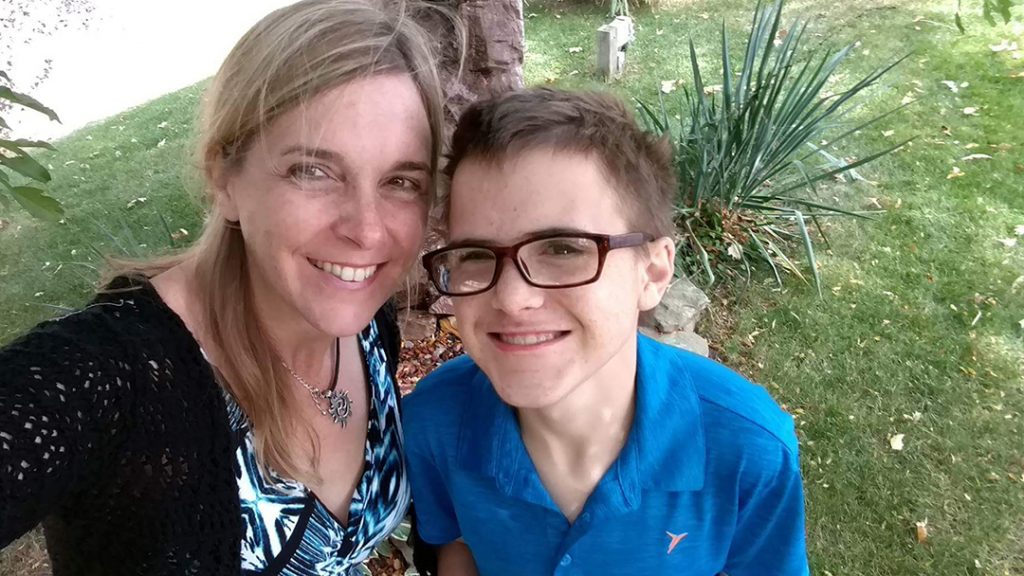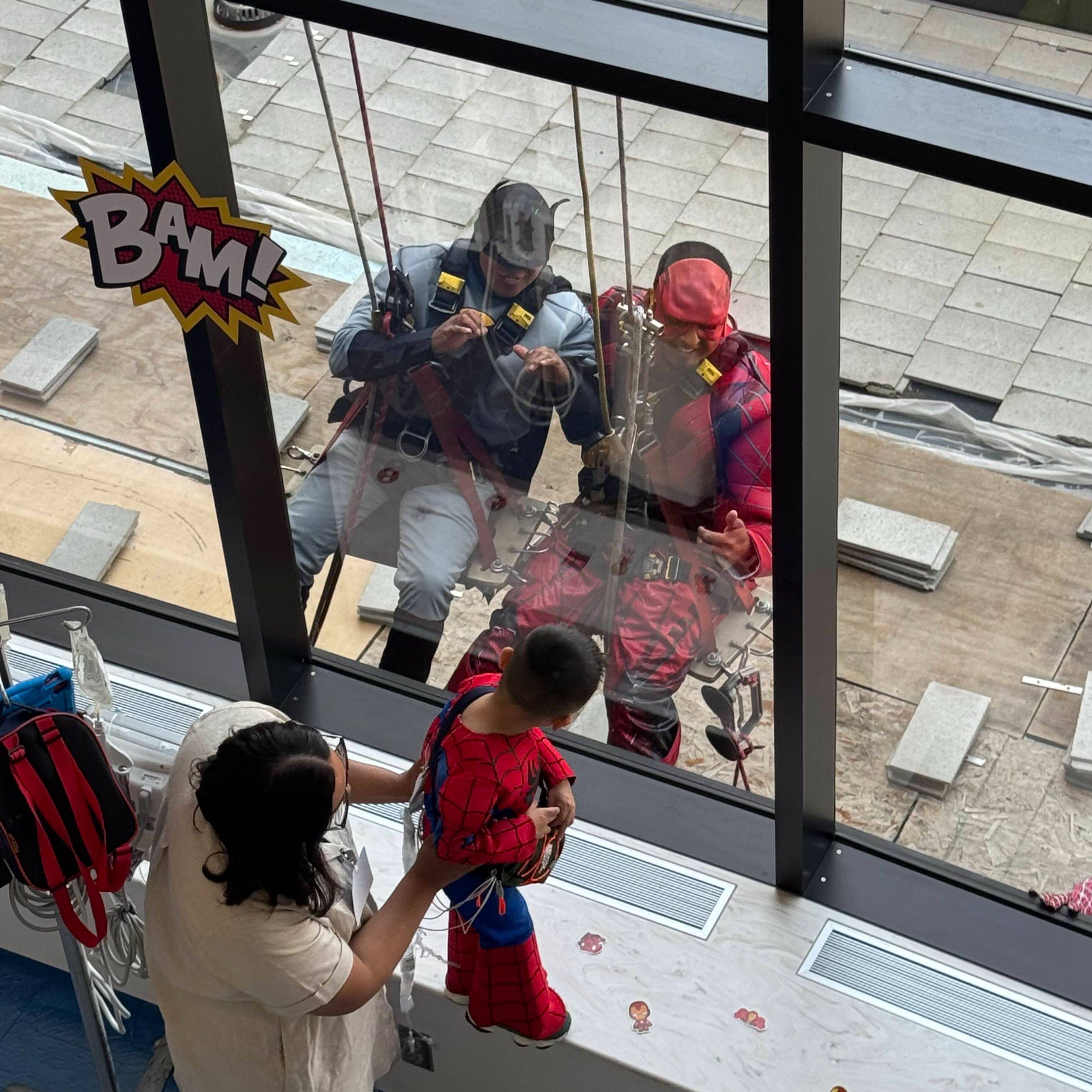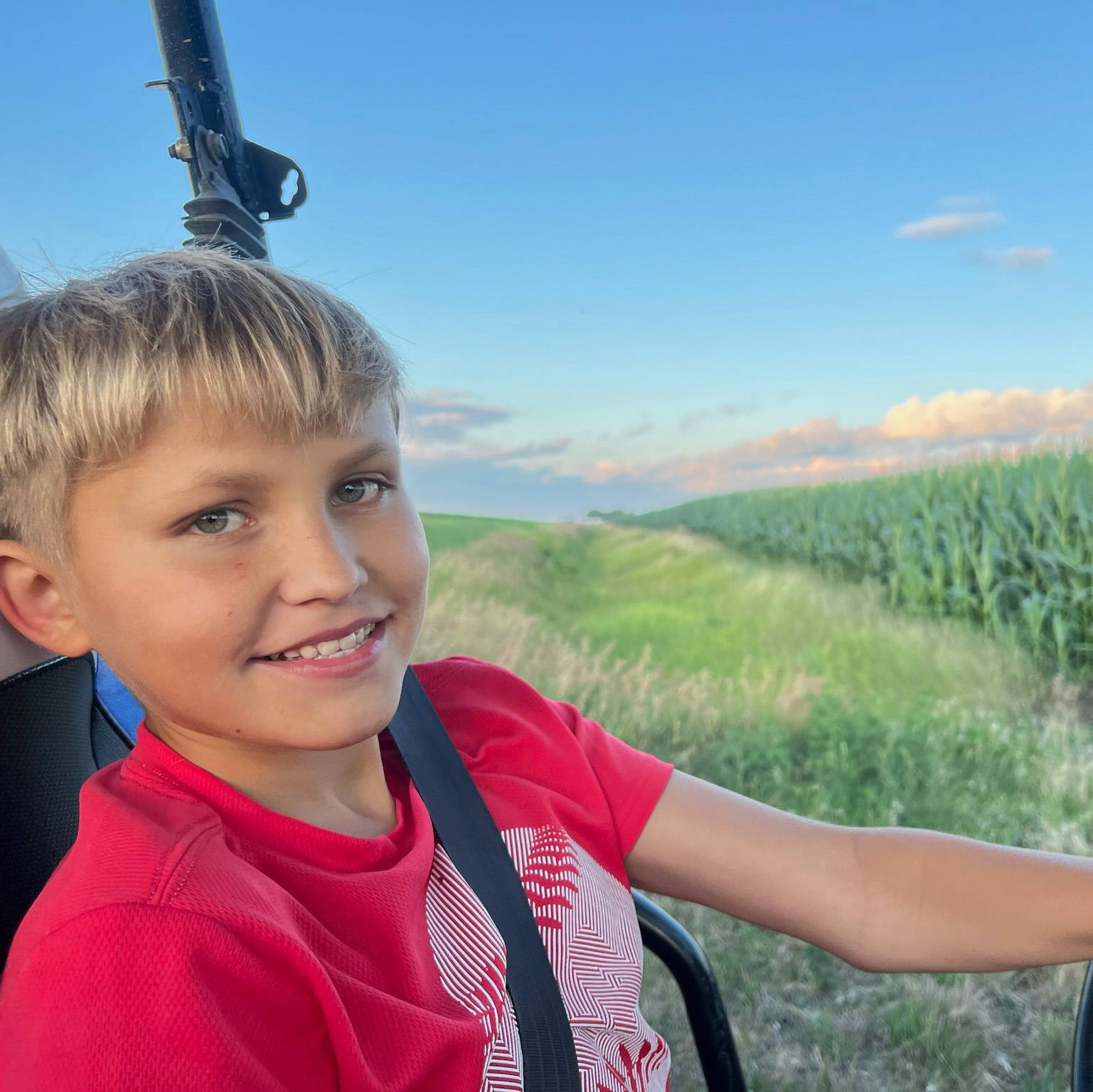-
In the Loop: Son’s rare genetic disease brings out the best in Marlis O’Brien
 Marlis O'Brien relied on numerous organizations for guidance after her young son was diagnosed with a rare disease. That experience inspired her to volunteer and be there for others who need help.
Marlis O'Brien relied on numerous organizations for guidance after her young son was diagnosed with a rare disease. That experience inspired her to volunteer and be there for others who need help.
Looking back, the signs were there. Creases in his elbows and knees, eyes that appeared to always be looking down, trouble lifting his head and rolling over, frequent upper respiratory infections. But as first-time parents, Marlis O'Brien and her then-husband, Kevin, didn't have anything to compare their newborn son, Erik, with.
"His pediatrician kept telling us not to worry because every child develops differently, but around six months of age, they noticed Erik had some hypotonia and that he could do the splits with his legs and that his toes would touch his shin bones," Marlis tells us. "He just seemed to be very 'plastic,' for lack of a better word."
________________________________________________
This story originally appeared on the In the Loop blog.
Related Articles







